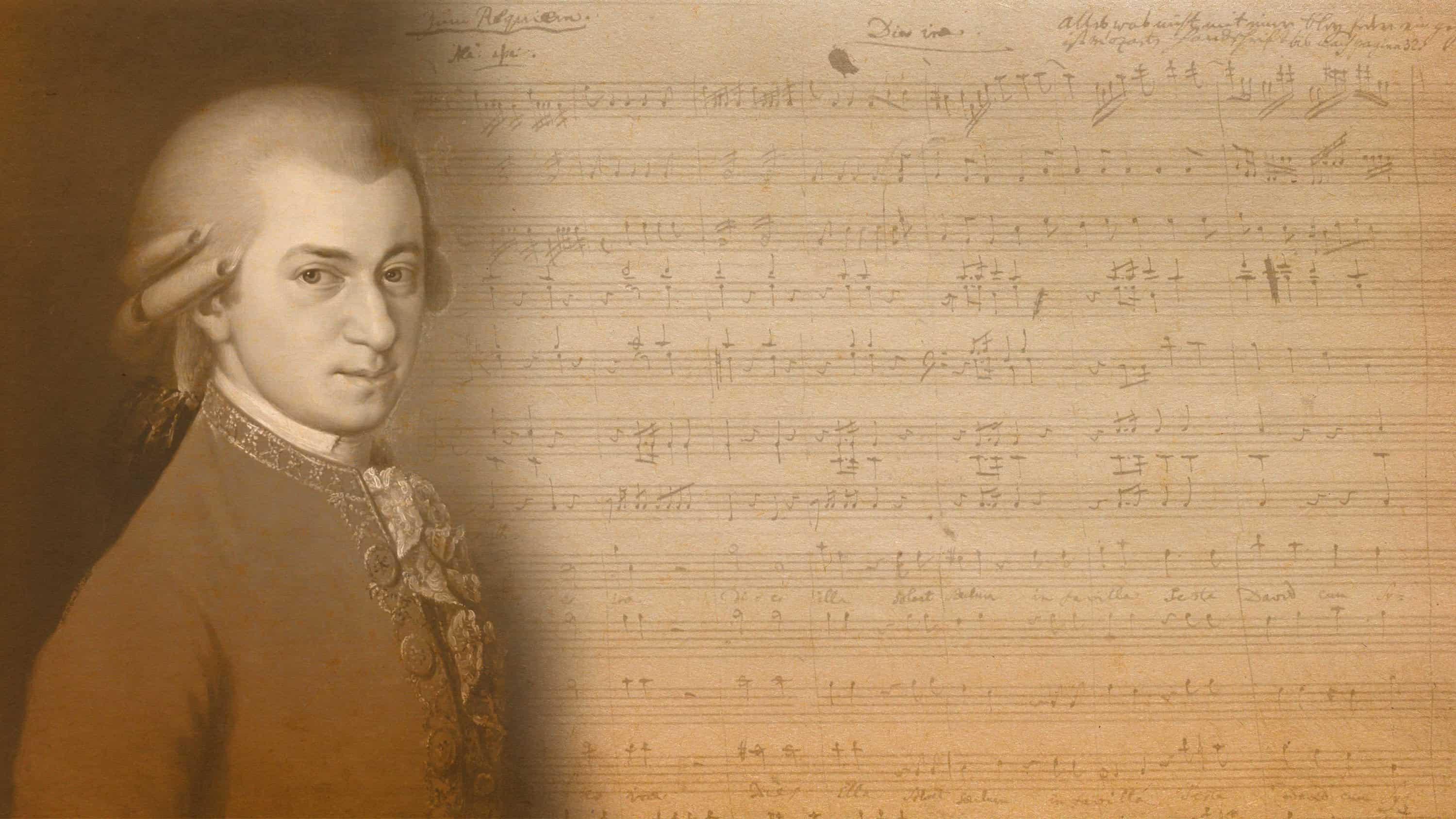An Evening of Delectable Orchestral Music
SatUrday, 17 May 2025 - 7:30pm
Programme:
Pierné - Á l’Ėglise
Mélanie (Mel) Bonis: Ophélie
Fauré - Suite: Pelléas et Mélisande
Interval
Bizet: Symphony in C
Conducted by Helen Thomas
Paris, the French capital, is the place that binds these composers together. Whereas England had several centres of music outside London – Birmingham, Liverpool, Manchester; Germany, too, beyond Berlin – Leipzig, Munich, Weimar; French composers had to gravitate to Paris to find success as, indeed, our four composers did.
Bizet and Pierné studied at the French Conservatoire, of which Fauré became Director. Pierné and Fauré were organists as well as composers. Fauré and Bonis wrote extensively for singers and pianists though not so much operas, which was Bizet’s forte, notably Carmen, one of the most popular ever written. His symphony is an isolated example, composed when he was only 17. The other works being played tonight are all much shorter, even the four-movement Suite, Pelléas and Mélisande.
Despite these interconnections, the sounds of each of these composers, all essentially romantic in spirit, is very different. The music of Bizet and Fauré is well known. It is also rewarding to hear Pierné and the even-more neglected Mel Bonis. Bonis and Pierne were contemporaries at the Paris Conservatoire.
Ticket Prices*
General Admission: £13.20
Liverpool Hope University current staff and students: Free
Family (2 adults plus children): £26.40
School or college students: £3.30
*Includes booking fee



